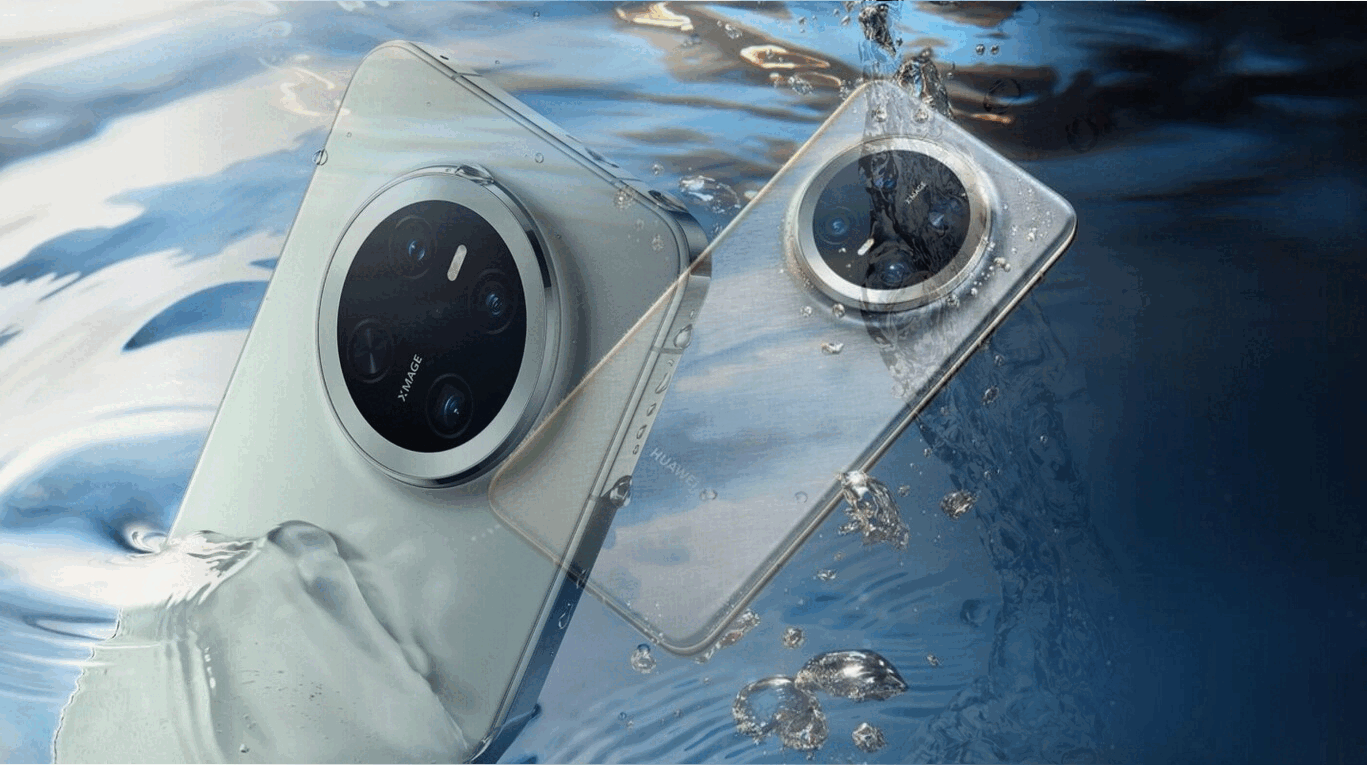Youth Unemployment in Pakistan: Challenges, Impacts, and Strategic Solutions
Discover how youth unemployment in Pakistan affects socio-economic stability and explore innovative strategies to empower the young workforce through reforms and skill development. Unemployment is one of Pakistan’s most pressing…
The Discovery of Homo Juluensis: A New Chapter in Human Evolution
Discover the remarkable Homo juluensis, a newly identified human species with large skulls and oversized teeth, providing fresh insights into human evolution. The discovery of Homo juluensis marks a significant…
Huawei Mate 70: A Turning Point in the US-China Tech War
Huawei’s Mate 70 smartphone with HarmonyOS NEXT marks a pivotal shift in the US-China tech war, showcasing innovation with a homegrown OS and advanced AI features. The recently launched Huawei…
Global 5G Adoption in 2024: Trends, Challenges, and Predictions
Discover the global 5G adoption trends in 2024, with 1.7 billion subscribers worldwide. Explore regional disparities, demographics, and future predictions for 2025. By late 2024, the world has witnessed an…
How e-Drive Gene Drive Technology Could Revolutionize Pest Control and Agriculture
Discover how e-Drive gene drive technology uses CRISPR to combat insecticide resistance, reduce chemical pesticides, and revolutionize pest control and agriculture. The University of California San Diego has unveiled a…
Perseverance Rover’s Organic Molecule Discovery on Mars
NASA’s Perseverance Rover’s molecule discovery on Mars offers a potential breakthrough in the search for ancient life. Learn how SHERLOC plays a pivotal role in this fascinating mission. NASA’s Perseverance…
AI-Generated Thanksgiving Menus: Redefining Holiday Feasts
Discover how AI-generated Thanksgiving menus are revolutionizing holiday traditions with creative dishes and modern twists on classic recipes, transforming the way we approach this beloved feast. Thanksgiving is a cherished…
Mapping the Impact of Climate Change on Global Displacement: A Growing Crisis
Explore the growing impact of climate change on global displacement, with millions forced to flee due to weather-related disasters. Learn about the regional impacts and the urgent need for action.…
Unlocking the Potential of Agricultural Value Addition for Export: A Path to Prosperity
Discover how value addition in agricultural products can boost exports and bring prosperity to farmers. Learn why Pakistan’s natural products are superior and the importance of transforming raw materials into…
Why Babies Under Six Months Should Avoid Water: A Critical Guide for Parents
Discover why babies under six months old should avoid water to prevent health risks like water intoxication and ensure proper growth with breast milk or formula. Caring for a newborn…
Revolutionizing Agriculture: The World’s First Indoor Vertical Strawberry Farm
Learn how the world’s first indoor vertical strawberry farm in Richmond, Virginia, is transforming agriculture with sustainable practices, producing over 4 million pounds of strawberries annually using cutting-edge technology. In…
The Impact of Undiagnosed ADHD in Medical Students and Its Implications for Healthcare
Discover the impact of undiagnosed ADHD on medical students and the importance of early diagnosis, family history, and awareness programs in improving academic success and patient care. Attention Deficit Hyperactivity…



